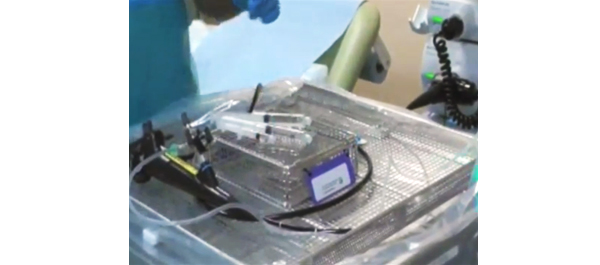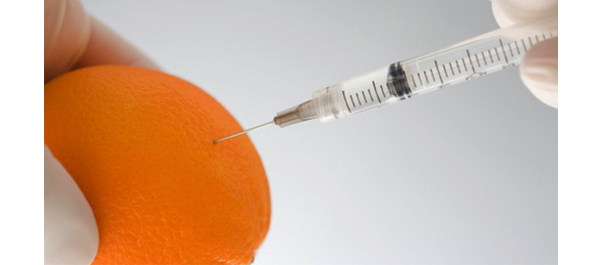Article of the week: Botulinum toxins are not interchangeable for overactive bladder
Every week the Editor-in-Chief selects the Article of the Week from the current issue of BJUI. The abstract is reproduced below and you can click on the button to read the full article, which is freely available to all readers for at least 30 days from the time of this post.
In addition to the article itself, there is an accompanying editorial written by a prominent member of the urological community. This blog is intended to provoke comment and discussion and we invite you to use the comment tools at the bottom of each post to join the conversation.
Finally, the third post under the Article of the Week heading on the homepage will consist of additional material or media. This week we feature a video of Miss Ravindra and colleagues discussing their article.
If you only have time to read one article this week, it should be this one.
Botulinum toxin type A for the treatment of non-neurogenic overactive bladder: does using onabotulinumtoxinA (Botox®) or abobotulinumtoxinA (Dysport®) make a difference?
Pravisha Ravindra, Benjamin L. Jackson and Richard J. Parkinson
Nottingham Urology Centre, Nottingham University Hospitals, NHS Trust, Nottingham, UK
OBJECTIVE
• To compare the clinical effects of two different commercially available botulinum toxin type A products, onabotulinumtoxinA (Botox®; Allergan Inc., Irvine, CA, USA) and abobotulinumtoxinA (Dysport®; Ipsen Ltd, Slough, UK), on non-neurogenic overactive bladder (OAB).
PATIENTS AND METHODS
• We included 207 patients, who underwent treatment with botulinum toxin type A for non-neurogenic OAB from January 2009 to June 2012 at our institution, in a prospective database that recorded details of their presentation, treatment and outcomes.
• In December 2009, our institution switched from using onabotulinumtoxinA to using abobotulinumtoxinA.
RESULTS
• Results from the onabotulinumtoxinA cohort (n = 101) and the abobotulinumtoxinA cohort (n = 106) were compared.
• Similar reductions in daytime frequency, nocturia and incontinence episodes were observed after treatment, with no difference in duration of effect.
• The abobotulinumtoxinA cohort had almost twice the rate of symptomatic urinary retention (23 vs 42%) requiring intermittent self-catheterisation (ISC).
CONCLUSIONS
• AbobotulinumtoxinA use was complicated by a significantly higher risk of requiring ISC.
• The study suggests that these two toxins are not interchangeable at the doses used.
Read Previous Articles of the Week



